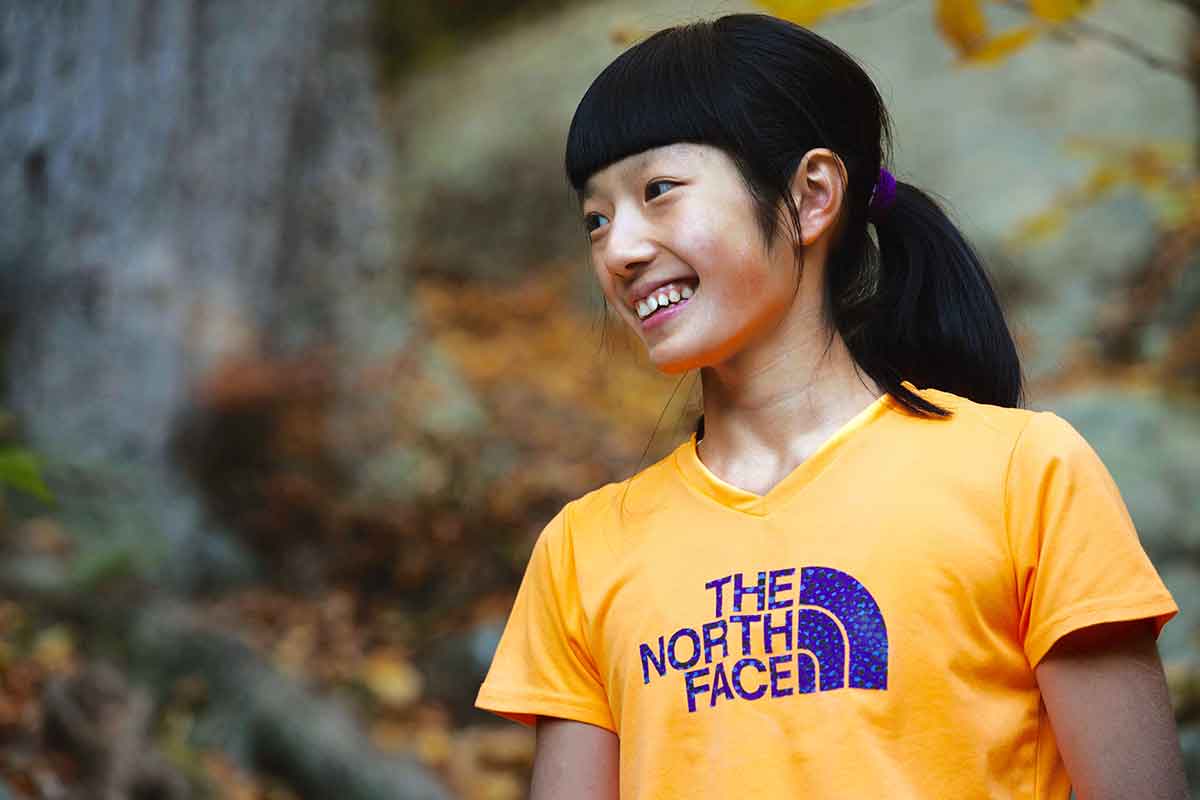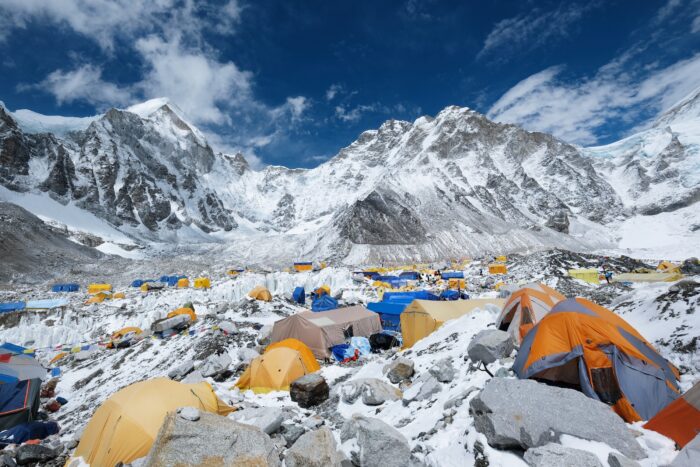‘How to Solve a Problem’ is as much a book about climbing as it is a mantra to prepare kids for a life of trials, tribulations, and triumphs.
“I am Ashima. What I do is climb. What I do is solve problems, which is to say, I make them mine.” The opening lines of The North Face-sponsored, 19-year-old climber Ashima Shiraishi’s first book say a lot.
They not only nod to the grit that helped make her one of the most famous boulderers on the planet, but they also dispel some of the fantasy surrounding her astonishing rise in the sport.
Interview With the Author: Ashima Shiraishi

GearJunkie: Where on earth did the idea of writing a children’s book come from?
How was the process of authoring a book — easy, hard, frustrating, terrific?
Will you write another book?
What are a few pointers you’d offer to kids (or adults) just getting into climbing to help them do or feel better in the sport?
You have previously said, “Climbing is a sport that females might be able to take the lead in.” What does that mean, and how soon might that happen?
Do you see balance in the accessibility and representation within climbing today?











